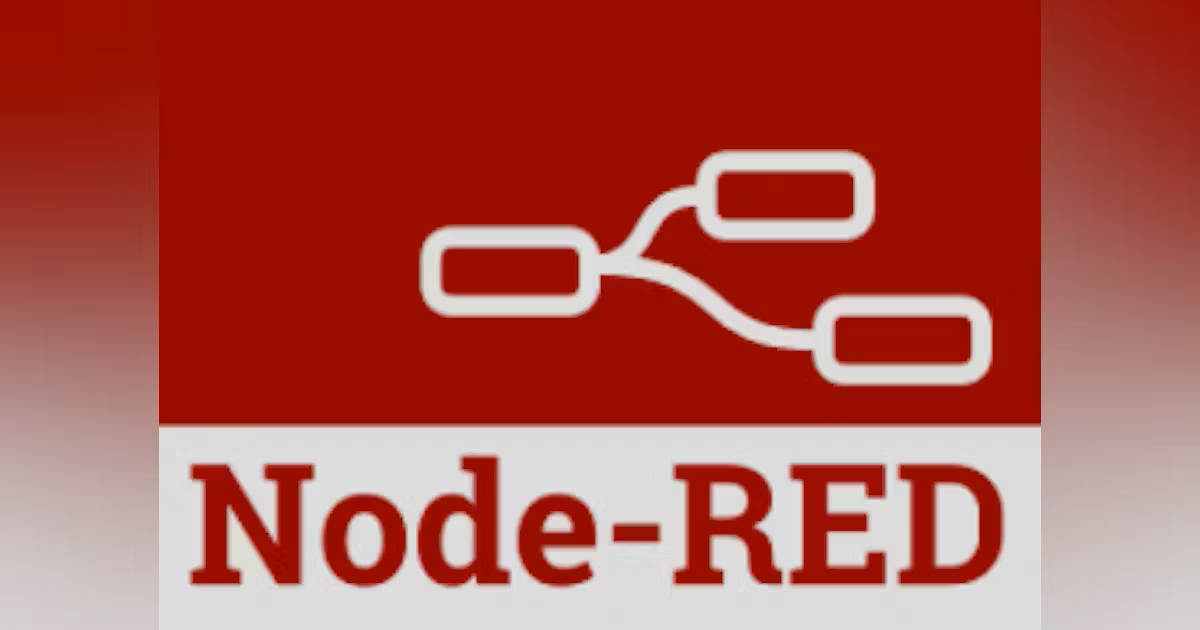Flogo vs. Node-RED: A Comparative Analysis of Two Powerful Low-Code Platforms
In the realm of low-code development, Flogo and Node-RED have emerged as two prominent platforms, enabling developers to build powerful and efficient applications with minimal coding. Both tools offer a visual interface for workflow design, reducing the traditional complexities of programming and accelerating the development process. In this blog post, we will conduct a comparative analysis of Flogo and Node-RED, exploring their features, capabilities, and use cases to help you make an informed decision when choosing the best platform for your project.
Understanding Flogo
Flogo, developed by TIBCO, is an open-source project designed for building lightweight and event-driven applications. It focuses on simplicity and performance, making it an ideal choice for IoT applications, microservices, and cloud-native architectures. Flogo supports various platforms, including Kubernetes, Docker, and edge devices, making it highly versatile.
Key Features of Flogo
- Web-based graphical interface for designing workflows and event processing.
- Extensive support for IoT protocols, like MQTT, CoAP, and HTTP, facilitating seamless connectivity with IoT devices.
- Microgateway support to deploy Flogo applications closer to the data source for better performance.
- Integration with TIBCO’s ecosystem and cloud services.
Introducing Node-RED
Node-RED, on the other hand, is an open-source flow-based development tool supported by the JS Foundation. It emphasizes ease of use and integration, making it suitable for beginners and experienced developers alike. Node-RED’s drag-and-drop interface simplifies the creation of event-driven applications and automation flows.
Key Features of Node-RED
- User-friendly visual interface with a wide range of pre-built nodes to connect and extend functionalities.
- Vast library of contributed nodes and community support.
- Quick integration with popular IoT platforms and services.
- The flexibility of JavaScript-based custom code nodes to perform complex operations.
Comparing the Two Platforms
- Usability and Ease of Learning: Node-RED’s simplicity and extensive library of nodes make it extremely accessible for beginners, non-developers, and those familiar with JavaScript. Flogo, while user-friendly, may require a steeper learning curve due to its focus on event-driven applications and specific microservices use cases.
- Performance and Scalability: Flogo’s lightweight design enables it to run efficiently on resource-constrained devices, making it an excellent choice for edge computing scenarios. Node-RED’s performance can also be reliable, but it might not be as optimized for edge devices as Flogo.
- IoT and Edge Computing: Both platforms cater to IoT and edge computing projects, but Flogo stands out with its extensive IoT protocol support, positioning it as an excellent option for IoT-centric applications.
- Community and Ecosystem: Node-RED boasts a large and active community, leading to a plethora of contributed nodes and plugins. Flogo, although growing, might have a smaller community and ecosystem in comparison.
Use Cases
- Flogo is best suited for IoT projects, event-driven microservices, and edge computing applications due to its lightweight nature and robust support for IoT protocols.
- Node-RED excels in building automation flows, chatbots, and rapid prototyping, where its drag-and-drop capabilities and extensive node library come in handy.
In conclusion, both Flogo and Node-RED are powerful low-code platforms with unique strengths. Flogo focuses on event-driven applications, IoT, and edge computing, while Node-RED emphasizes ease of use and diverse integrations. Depending on your specific project requirements and expertise, you can select the platform that aligns best with your development goals. Regardless of your choice, both Flogo and Node-RED are valuable tools that enable developers to create innovative applications with reduced coding efforts.

